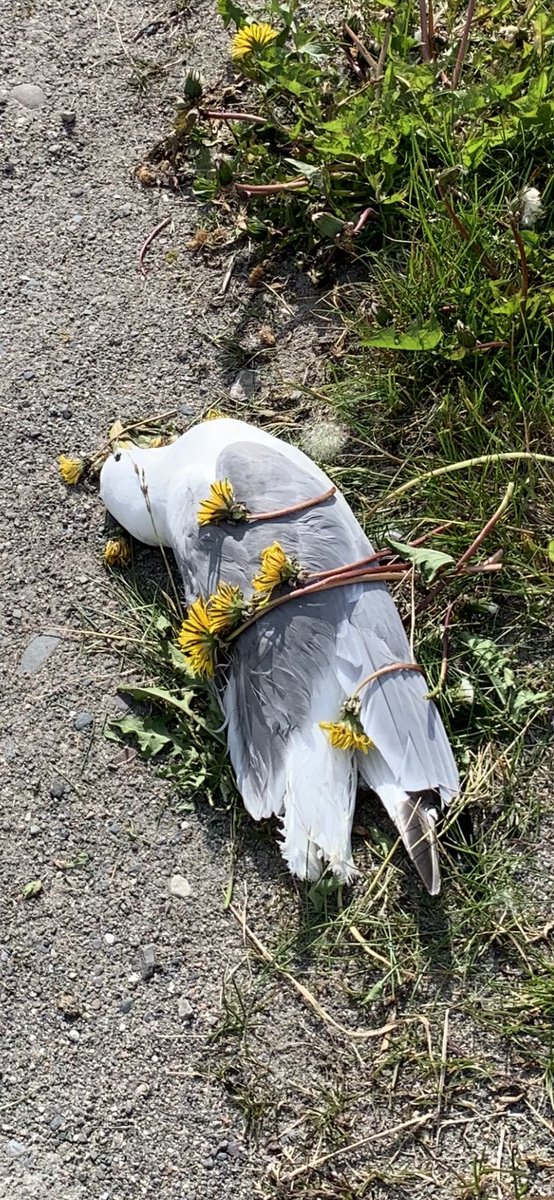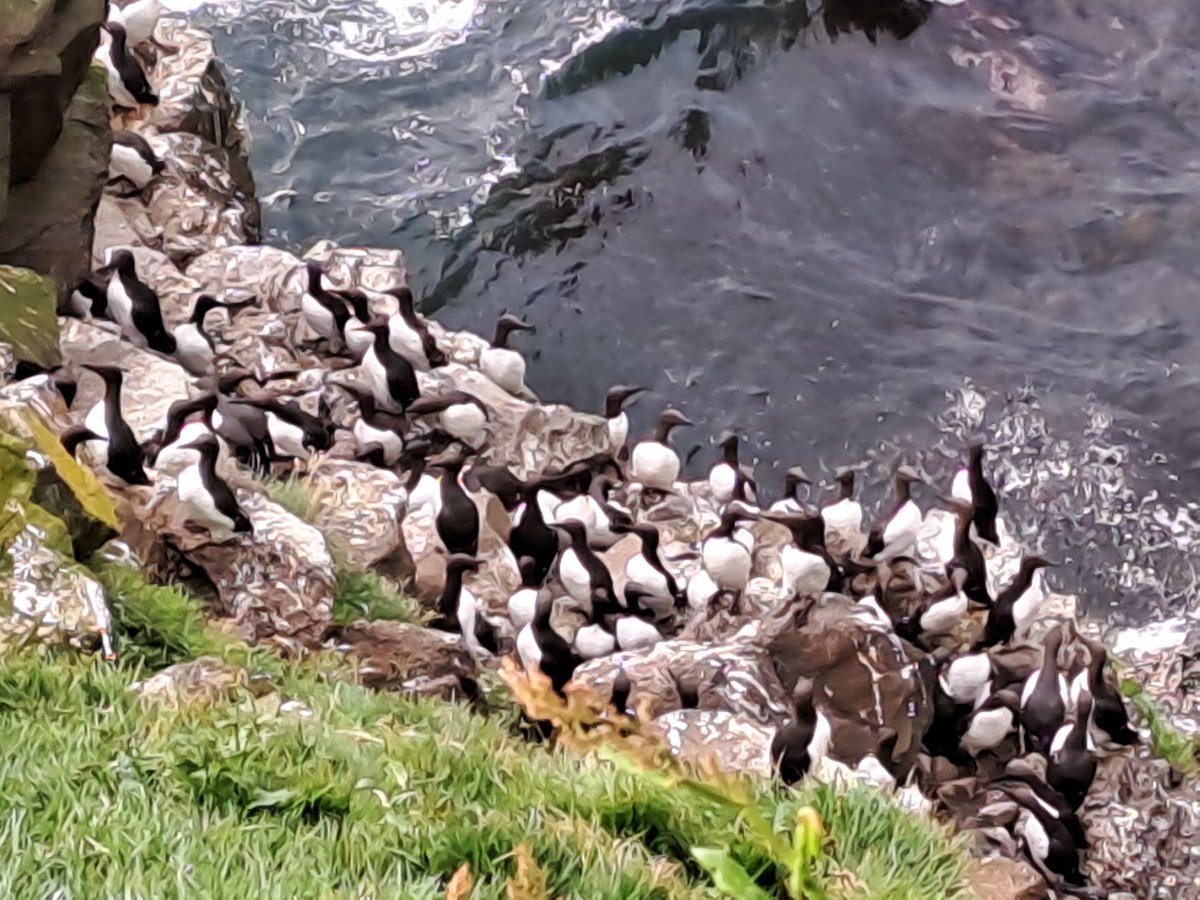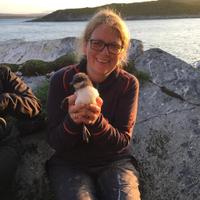
Tone Reiertsen
@tonereiert
Seabirds, the ocean and climate change. Hornøya birdcliff. Juggling my life between academia and being a mom - opinions are my own
ID: 1391797789
30-04-2013 10:59:21
1,1K Tweet
986 Followers
1,1K Following



New paper out today: showing the value of long-term demographic data in three puffin populations with different all-year distribution. Happy and proud to see this out - a great collaboration!! 😊 Kate Layton-Matthews Francis Daunt NINAnature UKCEHseabirds



The fourth MARCIS newsletter detailing project progress and highlights is up on our website! Tone Reiertsen #seabirds #bluegrowth nina.no/english/About-…


A magic encounter ✨ …and with my favourite the bridled guillemot. Back doing fieldwork on Hornøya #seabirds NINAnature

Ringing #urbankittiwakes at the Kittiwake-hotels in Tromsø. Chick production looks very good so far, and diet samples are rich NINAnature

Ringing Kittiwakes at Ekkerøy in East Finnmark while being filmed by national TV. Colab with vets - checking for HPAI antibodies after last years devastating outbreak that killed 15k. Chick productions is promising and weather is fab! #seabirds NINAnature
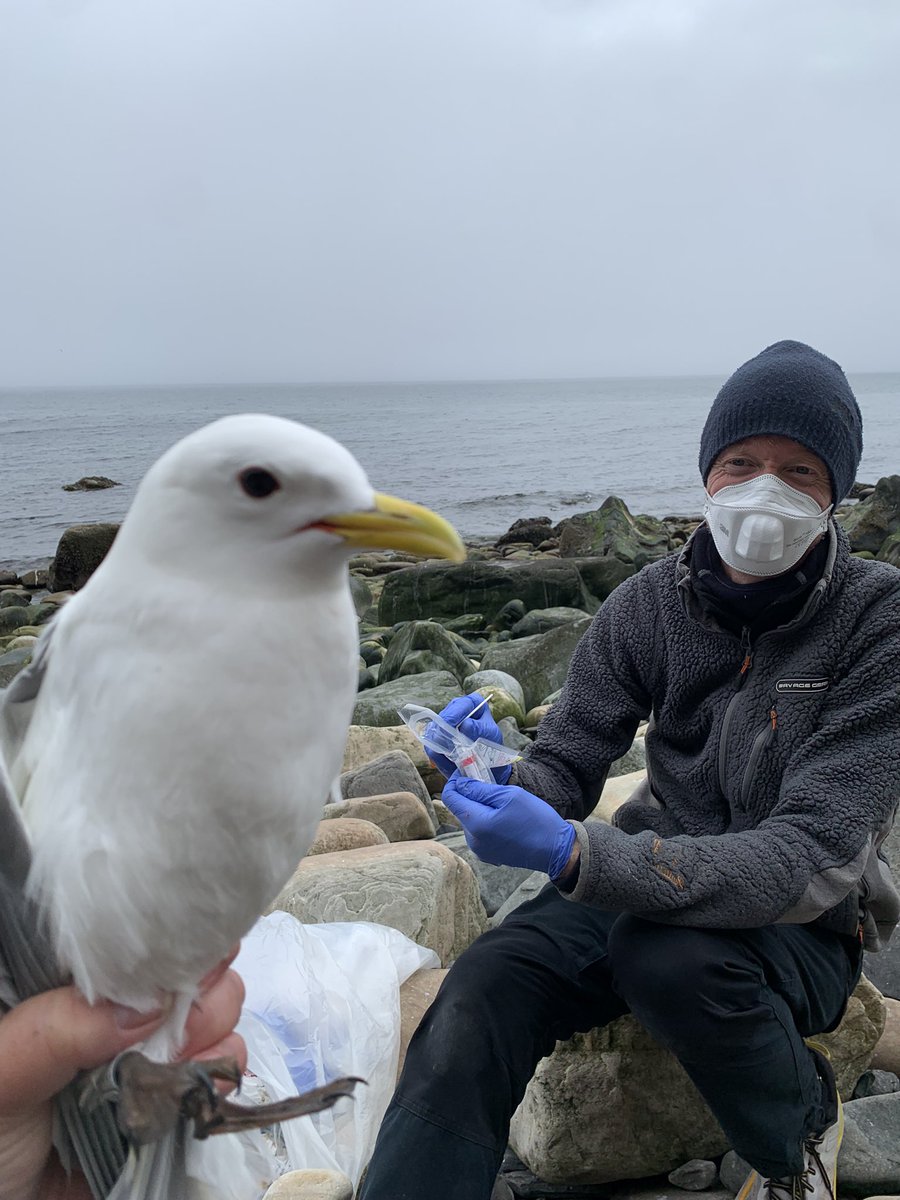



Fieldwork variations: From birdcliff to urban environments: we continue our ringing and monitoring of urban Kittiwakes in Tromsø. Yesterday we ringed at Kittiwake hotels in a park and on a rooftop in Tromsø #urbankittiwake NINAnature #seabirds
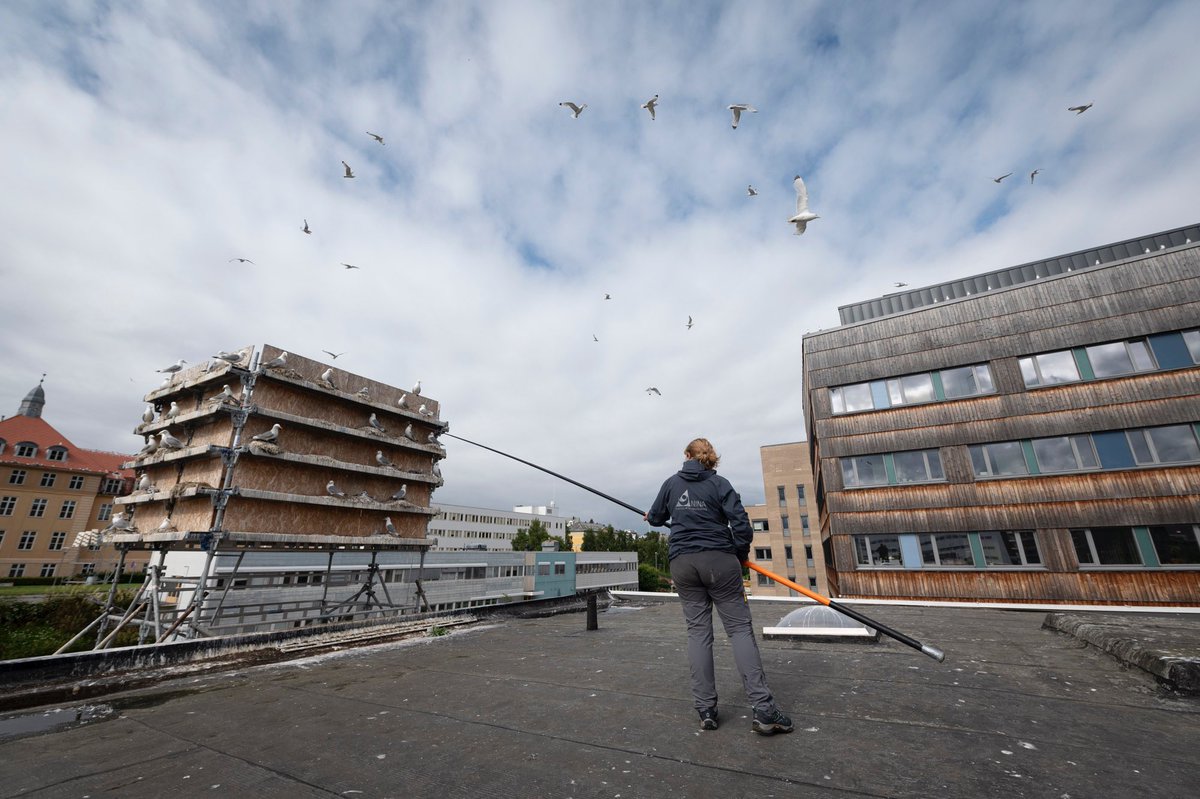
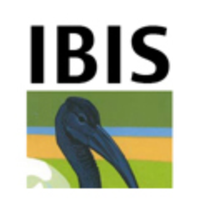

The survival cost of reproducing in cormorants is not due to increased energy expenditure, despite having large clutches [for a seabird]. Recent paper from Middleton Island led by Teo Barracho and Shannon Whelan onlinelibrary.wiley.com/doi/full/10.10…
![Kyle Elliott (@arcticecology) on Twitter photo The survival cost of reproducing in cormorants is not due to increased energy expenditure, despite having large clutches [for a seabird].
Recent paper from Middleton Island led by Teo Barracho and <a href="/killerwhelan/">Shannon Whelan</a>
onlinelibrary.wiley.com/doi/full/10.10… The survival cost of reproducing in cormorants is not due to increased energy expenditure, despite having large clutches [for a seabird].
Recent paper from Middleton Island led by Teo Barracho and <a href="/killerwhelan/">Shannon Whelan</a>
onlinelibrary.wiley.com/doi/full/10.10…](https://pbs.twimg.com/media/GTLqPX-XAAAFHzX.jpg)

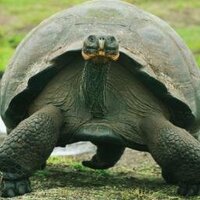

Our new paper lead by Kate Layton-Matthews shows effects of ocean warming and polutants on GBB gull survival - combining our longterm data of demography and geolocators from Hornøya NINAnature Journal of Animal Ecology #seabirds




